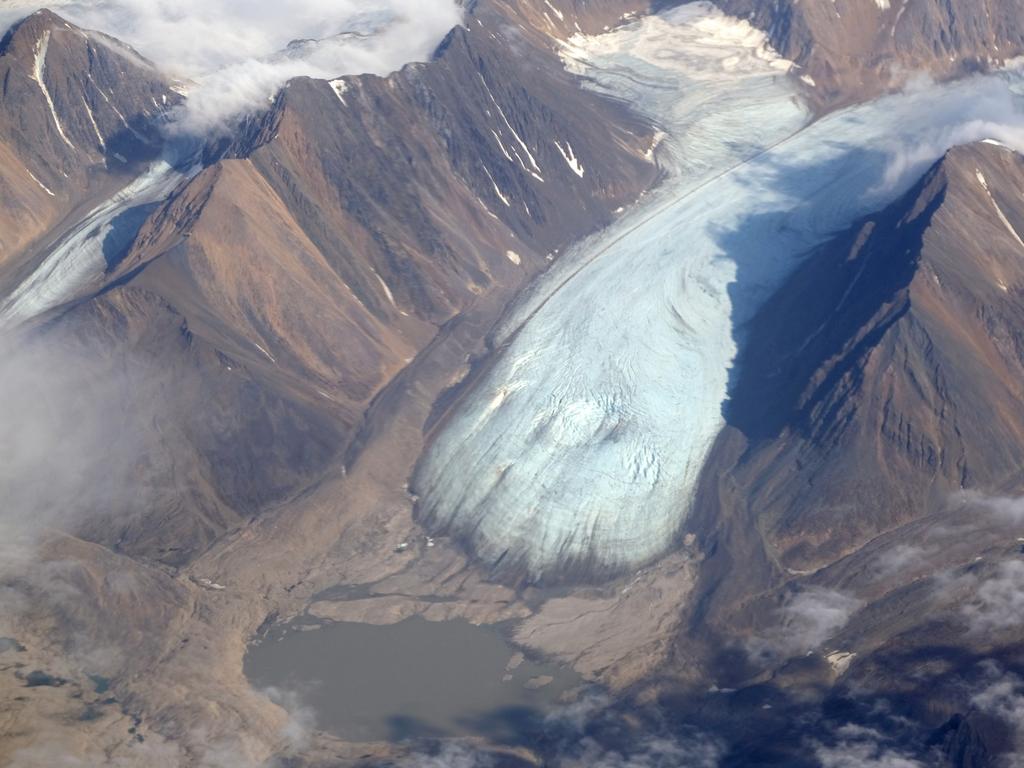Australian bushfires cooled globe in record year: NASA
The year 2020 was the equal warmest on record for the planet, but NASA says it could have been worse without the Australian bushfires.
The year 2020 was the equal warmest on record for the planet, and could have been even warmer without the Australian bushfires, a new report from NASA reveals.
Global temperatures in 2020 were 1.02 degrees Celsius warmer than the baseline 1951-1980 average, the report stated.
This was just a tenth of a degree higher than the 2016 result (previously the planet’s warmest), but this result is within the margin of error, making the years effectively tied for the warmest on record. A dead heat, you might say.
The 2020 figures were also slightly up on 2019, which was 0.98 degrees Celsius warmer than the 1951-1980 average.
“The last seven years have been the warmest seven years on record, typifying the ongoing and dramatic warming trend,” said Gavin Schmidt, the director of NASA’s Goddard Institute for Space Studies. “Whether one year is a record or not is not really that important – the important things are long-term trends. With these trends, and as the human impact on the climate increases, we have to expect that records will continue to be broken.”

A statement from NASA said the Australian bushfires of early 2020 were one of two events that had a direct impact on the amount of sunlight reaching the surface.
“The Australian bush fires during the first half of the year burned 46 million acres of land, releasing smoke and other particles more than 18 miles (30 kilometres) high in the atmosphere, blocking sunlight and likely cooling the atmosphere slightly,” the NASA statement read.
The smoke plumes reached a record altitude and crossed into the stratosphere, NASA said.
The fall in air pollution caused by COVID-19 lockdowns was the second event to impact surface temperatures, NASA said, with clearer skies “allowing more sunlight to reach the surface and producing a small but potentially significant warming”.
A second study conducted by the US National Oceanic and Atmospheric Administration (NOAA) comparing current temperatures to a longer baseline average (between 1901 and 2000) and using a different methodology to NASA, found that 2020 was the second warmest on record, behind 2016.

The reporting authors said NASA’s study used some inferred temperature readings from polar regions where there were no actual observations, while the NOAA study did not, accounting for the discrepancy.
NASA found that the Arctic had its second lowest summer sea ice coverage ever recorded, and it was slow to recover during winter, suggesting ice pack will again be reduced in 2021.
“When the ice has a slow start to regrow, it’s hard to catch up,” said Tom Neumann, glaciologist and Chief of the Cryospheric Sciences Lab at the Goddard Institute.
Last week the Bureau of Meteorology revealed that 2020 was Australia’s fourth hottest year on record, and the warmest year to date that has coincided with the La Nina effect in the South Pacific, which usually coincides with milder temperatures and increased rainfall.
Originally published as Australian bushfires cooled globe in record year: NASA




